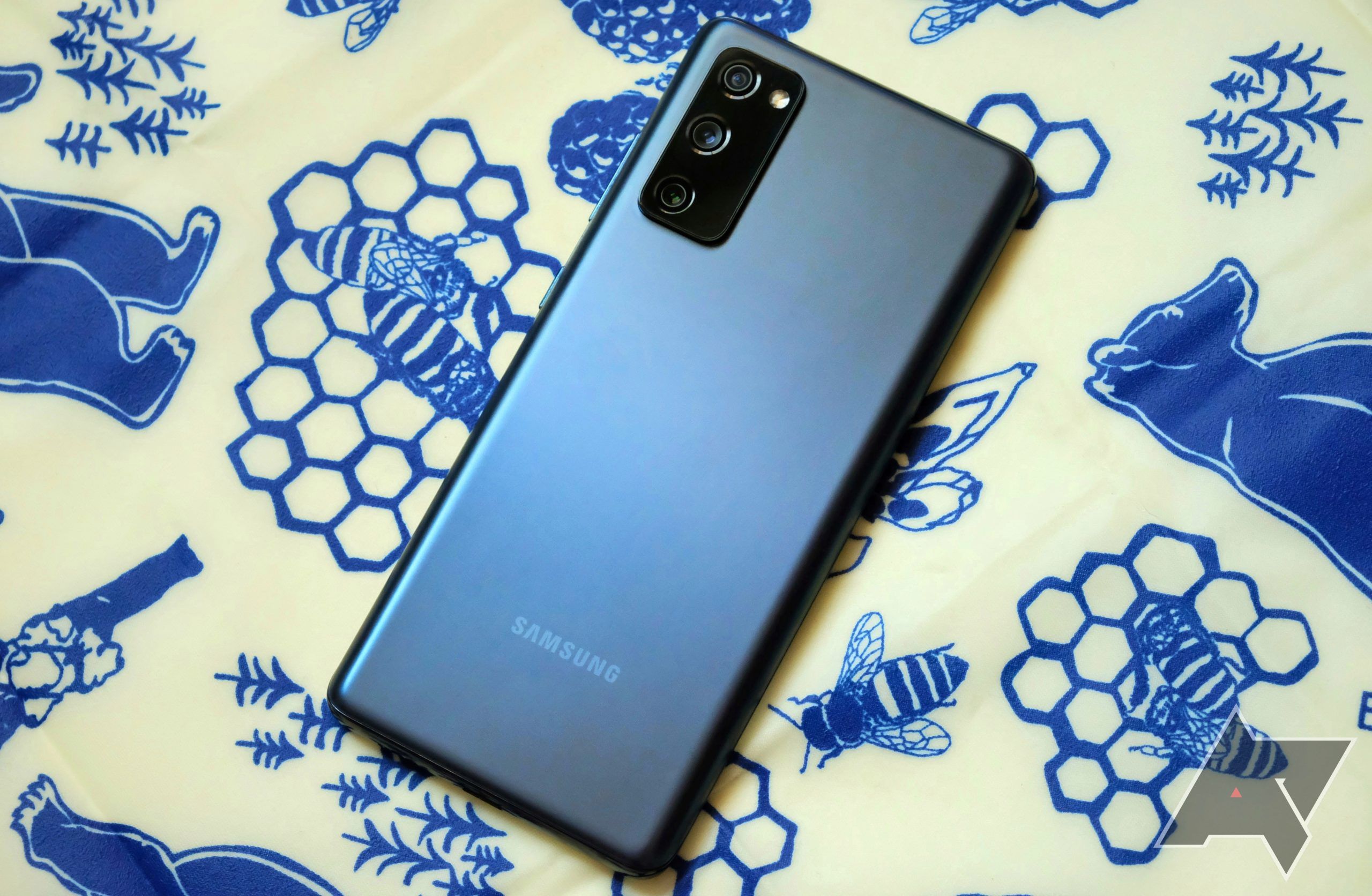Last year's Samsung Galaxy S20 Fan Edition blew us away: for $599 (it's hardly ever sold for its $699 MSRP), it offered performance nearly identical to that of phones that cost twice as much thanks to its Snapdragon 865 chipset. It was also among the first phones to offer a 120Hz display at a mid-range price. But it was released in October, which means it's coming up on six months old. So, is it still worth buying in 2021? Let's discuss.On its face, the Galaxy S20 Fan Edition is still a very good phone. Made with high-end parts where it counts, it's hardly aged — Samsung said it wanted to distill the essential experience of its flagship phones into something less expensive with the FE, and it was successful in doing that. Although it's "only" got six gigabytes of RAM, the S20 Fan Edition doesn't feel any older than any of Samsung's high-end 2020 models — it continues to handle any task you could conceivably throw at a phone with alacrity. It's even 5G-compatible, if that's something you care about.
The Galaxy S20 Fan Edition is still a very good phone.
You don't need to worry about its software falling out of date any time soon, either. To Google's chagrin, Samsung has emerged as the new king of Android updates, promising three OS updates and four years of security patches for most of its phones. The FE is currently running One UI 3.1 on top of Android 11, and it's got two more OS updates left — plus security patches until late 2024.
But even though the S20 FE has got years of life left, one of the biggest considerations in weighing whether to buy a phone months after its release is how close we are to a newer, upgraded version. In the case of the FE, we actually have no idea — we've only heard the vaguest of rumors about a potential S21 Fan Edition (in short: one is probably coming this year). Samsung recently announced this year's A-series phones, but those are a ways downmarket from the S20 FE: they pack mid-range Snapdragon processors, don't have wireless charging, and, with the exception of the A52 5G, have slower, 90Hz displays. If those concessions don't bother you, though, hold off on picking up an S20 FE until we know how much the A52 and A72 will cost. They may be a better value.
The biggest knock against the S20 FE is a strange, frequently reported touchscreen bug that results in swipes being processed as multiple taps, leading to unwanted behavior. Samsung says it's aware of the problem and has issued updates to ameliorate it, but some users say they're still getting so-called ghost touches. It's worth noting that plenty of users — myself included — have never experienced this issue. Still, it bears consideration.
The S21 is probably a better buy.
Another factor: the S21. After disappointing sales of the flagship S20 series last year, Samsung released the S21 line at lower prices, and they've only continued to fall since launch. The standard model is frequently available for 9, $100 under its MSRP, and has fallen as low as $649. It's got a smaller screen — 6.2 inches to the S20 FE's 6.5 — and it doesn't have a MicroSD card slot or MST functionality for non-NFC contactless payments, two features the S20 Fan Edition boasts. But it has better cameras than the FE, two more gigs of RAM, and a top-of-the-line Snapdragon 888 chipset. For most shoppers, the smallest S21 is probably a better buy than the S20 FE, especially if they can catch a particularly good sale price. Thanks to its more modern guts, it'll age better than the FE, and its software will stay up to date a few months longer, too (plus it'll eventually see Android 14).
But if the exact combination of the Galaxy S20 Fan Edition's features — big screen, expandable storage, and MST payments for $600 — speaks to you, it's still a good buy in 2021. Just watch out for those touchscreen issues.

